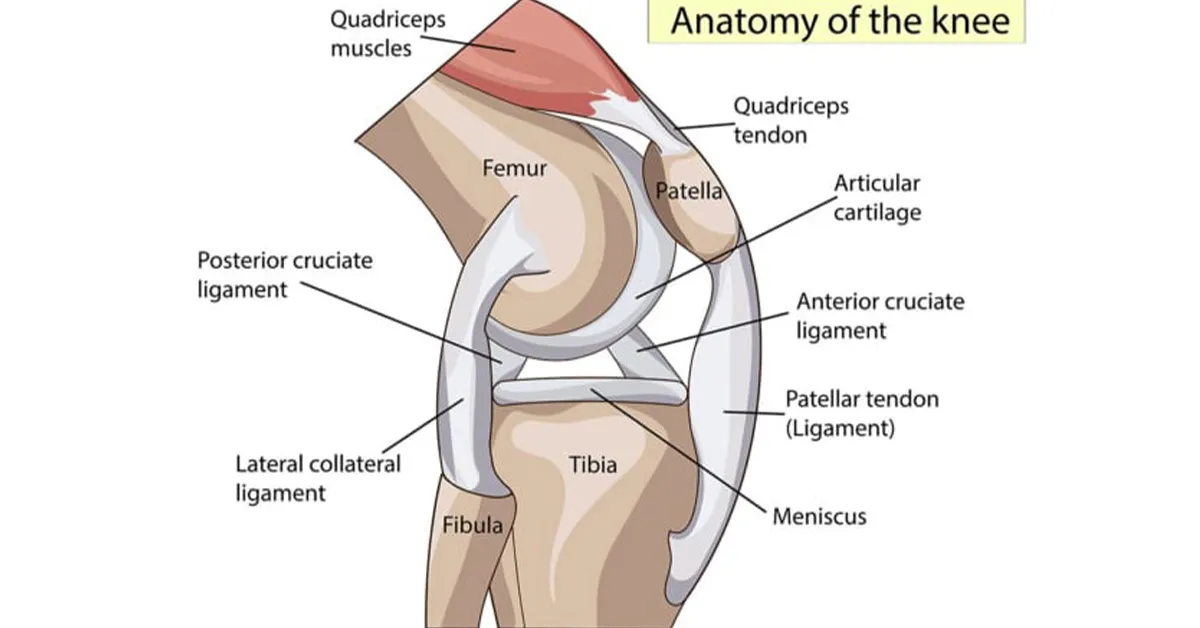Breathing control is an important factor in dealing with pain and this blog hopes to highlight why this is and show you ways in which you can with pain control.
The pain that you experience can cause you to tense more and change where you breathe. You can find yourself breathing high in your chest, more shallow and faster than you would normally. This may be related to the stress response, the ‘fight or flight’ response that creates real physiological changes in your body. Changes can include an increase in your heart rate & blood pressure for instance.
When you are in pain your reaction can influence the level you experience. If you tense up and worry about it, it will often feel worse. If you can relax and breath normally, the pain may be controlled. In fact relaxed breathing can be more effective than pain killers in controlling some types of pain.
The aim is to get you to relax in the presence of pain, and not to tense up, ideally before the pain comes on or after the pain kicks in. Staying relaxed and breathing through activities, movements and in positions you would typically experience pain, can even stop the pain coming on.
Some people need to practice the relaxed breathing in a controlled environment with no distractions in order to get it right, others will pick it up easily. We will talk you through some basic breathing technique and then provide you with some links to other useful information.
Relaxed breathing exercise
- Choose a setting where you are unlikely to be disturbed. Get yourself into a comfortable position – this might be sitting in a comfortable chair, it might be lying on your bed or the floor with your knees bent or flat out. You just need to be able to relax.
- Close your eyes and begin to slow your breathing down. You can breathe in and out through your nose or your mouth, but ideally it is in through your nose and out through your mouth, but whichever method feels most natural to you.
- Aim to slow your breaths down – try 6 seconds in and 6 seconds out. This is much slower than most people breathe, but the point is to slow you down.
- As you breathe out think about relaxing and going heavy in the chair / on the bed, so you feel really relaxed. Think about breathing into your abdominal area, so that as you breathe in your tummy rises as you inhale and then falls as you exhale. If you are doing this correctly you shouldn’t be bracing or pulling your tummy in or pushing it out – it all just happens naturally.
- Focusing your breathing movement towards your abdominal area will relax your core muscles and will reduce tension in your spine. This is a natural diaphragmatic breathing pattern. Avoid tensing your belly as you will tense your back.
Spend as much time as you need to, to get good at it. Use your hands to check where you are moving – upper chest v abdominal area. As soon as you are able to do the relaxed breathing in your chosen position, try to do it in different positions – eg standing, sitting, walking etc.
Don’t do anything that makes you feel anxious or worried without discussing it with your physiotherapist first. If your pain becomes severe this exercise should be the first thing you try.
If you want to listen to a guided relaxed breathing session (about 15 mins) you can access one here:
https://www.curablehealth.com/podcast
Episode 21.
But there are a wide range of podcasts and phone apps to help you practice the basic skills

